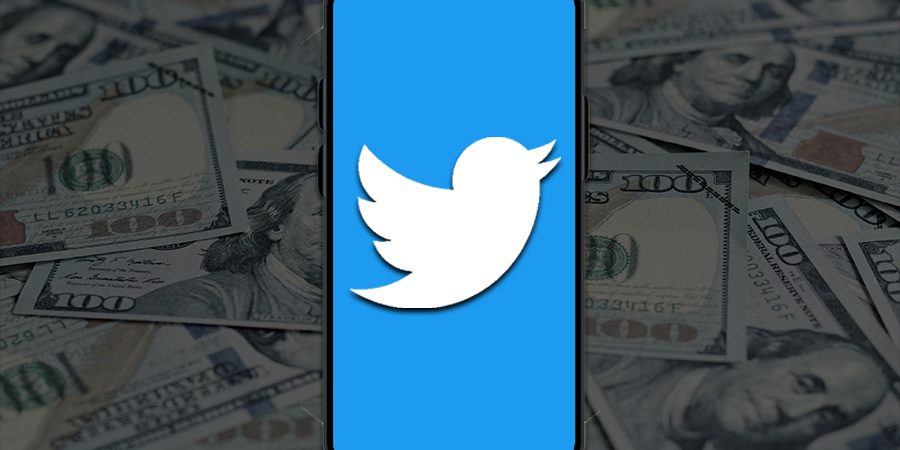In this article, we’ll explore the reasons behind Elon Musk’s valuation of Twitter at $20 billion, significantly less than the $44 billion he paid for the social media giant, and the impact of his decisions on the company.
Key Takeaways:
- Elon Musk values Twitter at $20 billion, a sharp drop from the $44 billion acquisition price
- Major advertisers pulled out after Musk’s takeover, causing financial strain
- Drastic staff reductions, from 7,500 to 2,000 employees
- Musk envisions a “clear but difficult path” to a $250 billion valuation
The $20 Billion Valuation and Stock Grants
After acquiring Twitter for $44 billion in October 2022, Elon Musk has now valued the company at $20 billion in an internal memo.
Employees were offered stock grants based on this new valuation, with the possibility of the stock being worth ten times as much if Twitter reaches a $250 billion valuation in the future.
Advertisers and Revenue Losses
In the wake of Musk’s acquisition, many major advertisers ended their deals with Twitter, leading to significant revenue losses.
Reports indicate that over half of the top 1,000 advertisers on Twitter prior to Musk’s takeover no longer show ads on the platform. In December, Twitter’s revenue dipped by about 40 percent year over year.
Staff Reductions and Financial Challenges
Musk made drastic staff cuts following the acquisition, reducing Twitter’s workforce from around 7,500 employees to a reported 2,000.
The company faced financial challenges, including a mountain of debt and several unpaid bills owed to various entities. Fidelity slashed its stake in the company from $53.47 million to $23.46 million last year.
The “Inverse Startup” and Bold Changes
Musk refers to Twitter as an “inverse startup” due to the series of necessary changes he implemented to save the company from bankruptcy.
Some of these changes, such as the introduction of the Blue with verification subscription, led to an influx of fake accounts and the return of some of Twitter’s worst users, further challenging the platform.
Conclusion
The future of Twitter under Elon Musk’s leadership remains uncertain as the company grapples with a reduced valuation, loss of advertisers, and workforce reductions.
While Musk envisions a path to a $250 billion valuation, only time will tell if the bold changes he implemented will ultimately lead to Twitter’s resurgence or continued decline.
 Sections of this topic
Sections of this topic
















